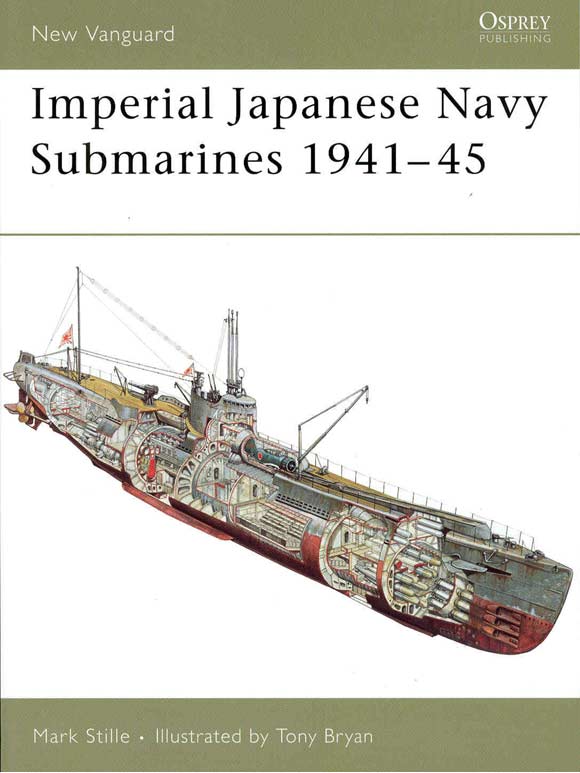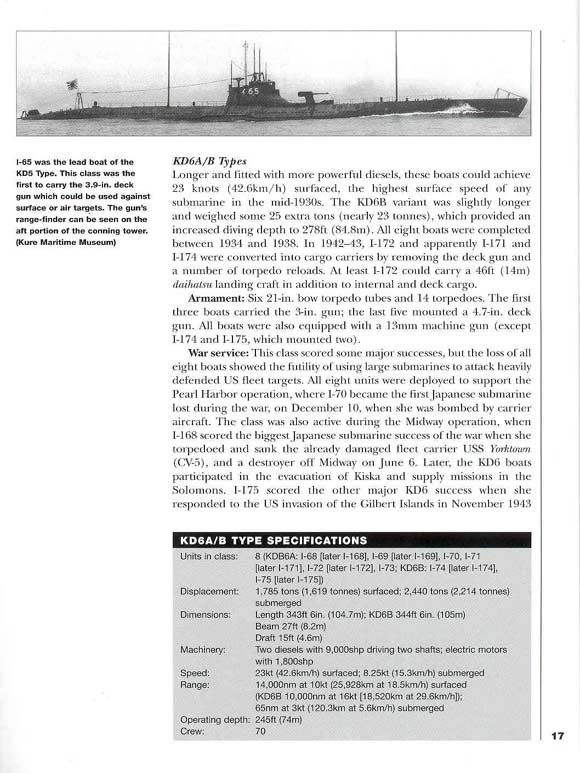Imperial Japanese Navy Submarines 1941-45 IntroductionJapan’s interest in a submarine fleet began just after the turn of the 20th century. Its fleet’s genesis was 5 US built Holland class subs, and then the successful German technology paid in reparations to Japan after WW1 in the form of 7 U-Boats. The development of the Japanese fleet based upon a single doctrine that Japan would inevitably end up at war with the numerically superior enemy, the United States, is very well documented in this new Osprey title, by author Mark Stille. Japan’s own first submarines were based upon these designs while initially utilising German expertise to great effect.
Article continues below…
Enjoy more Model Boats Magazine reading in the monthly magazine. Click here to subscribe & save. The bookJapans key requirements of its submarine fleet were those of both speed and range, and in the years proceeding WW1, British submarine design technology was best placed to fulfil this role, but unreliability gave way to superior German design technology which was used up until the outbreak of WW2. But while Germany’s U-boat designs fulfilled their mainly relatively short range offensive strikes against both military and merchant shipping, Japan’s own problems created by its single doctrine, resulted in a series of vessels which each had their own role to play within Japans goal. Japanese submarine design was split into 3 distinct classes, each of which is superbly illustrated by the author. The 3 classes are designated I, RO and HA, and these relate in simple terms to 1st, 2nd and 3rd class vessels, with the 3rd class incorporating even the midget type submarine. Within each class, the Japanese developed various sub types. For example, the I-class sub types were those of command, scouting and attack. Mark Stille illustrates the classes and sub-classes using both Type Specification and also information on specific vessels and their histories, along with a number of very good black & white photos, most of which are quite clear. As with the Osprey tradition, the centre of the book is given over to some wonderful colour profile works and a first class cutaway of a B1 Type sub, complete with its aircraft hangar and catapult.
|
|
ConclusionFor the historian or modeller needing an interest in this under-represented area of Naval history, this book should be your first port of call. It’s clearly written, concise and very descriptive. Although Mark Stille acknowledges the lacklustre performance and failings of this area of the Japanese military, the reasons for these failings become apparent during this book, and they themselves make for interesting reading. Recommended. My thanks to Osprey for providing the review sample.For full information on all Osprey Publishing titles, please see their website: Osprey Publishing
|
Imperial Japanese Navy Submarines 1941-45
by
–
Advert
Enjoy more Model Boats Magazine reading every month. Click here to subscribe.
Article Tags:






